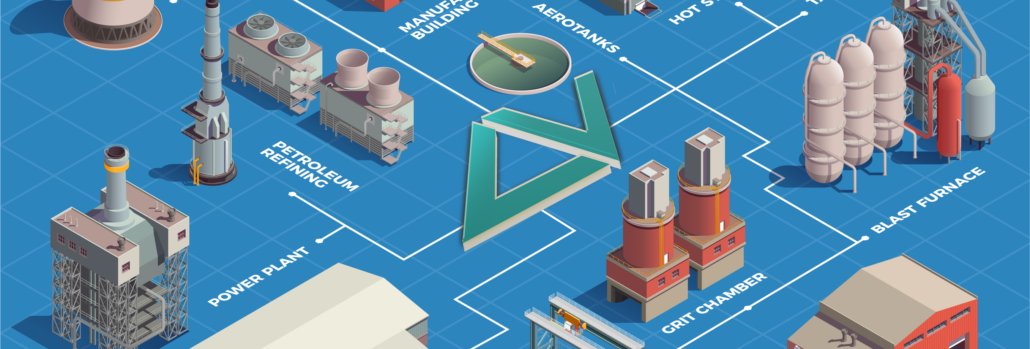Pilot-Operated Solenoid Valves
Pilot-operated solenoid valves are widely regarded as the go-to solution for fluid control systems that require high flow rates and pinpoint accuracy. These valves operate through a dual-action mechanism involving both a pilot valve and a primary valve. This article aims to provide a comprehensive understanding of the construction, working principle, benefits, and various applications where pilot-operated solenoid valves excel.
IN-DEPTH CONSTRUCTION AND DESIGN :
Pilot Valve: Essentially a mini-valve within the larger structure, the pilot valve controls a smaller fluid flow, usually air or water.
Main Valve: This is the principal valve responsible for the bulk of the fluid flow and is controlled by the actions of the pilot valve.
Solenoid Coil: Integral to the operation, the coil generates the magnetic field that triggers the pilot valve.
DETAILED WORKING PRINCIPLE :
- De-energized State: Initially, both the pilot and main valves are closed.
- Energization and Pilot Valve Activation: Electrical current flows through the solenoid coil, opening the pilot valve.
- Main Valve Manipulation: The pilot valve’s opening leads to pressure build-up, which then opens the main valve.
- Fluid Flow: With the main valve open, large volumes of fluid can pass through.
- Cutting the Current: Removing electrical current closes the pilot valve, leading to the closing of the main valve, and thus stopping fluid flow.
COMPREHENSIVE ADVANTAGES :
- High Flow Capacity: Due to their design, these valves are excellent for high flow rate applications.
- Pressure Tolerance: Capable of handling higher pressures compared to their direct-acting counterparts.
- Stable Flow Control: The two-stage operation ensures stability and precision.
- Energy Efficiency: Consumes less power relative to its high-flow capabilities.
VARIED APPLICATIONS :
- Oil and Gas Sector: Utilized for controlling flow in pipelines and refineries.
- Water Treatment Plants: For chemical dosing and general water flow control.
- Industrial Automation: Used in various manufacturing processes for fluid control.
- Energy Sector: Plays a crucial role in steam and water flow control in power plants.

CONCLUSION :
When it comes to managing high flow rates with precision, pilot-operated solenoid valves are unparalleled. Their complex yet efficient two-stage mechanism allows for effective fluid control in a multitude of industrial applications. Thus, these valves are an excellent choice for engineers and system designers who require reliable, efficient, and precise fluid control solutions in demanding conditions.
 Convalve
Convalve Convalve
Convalve